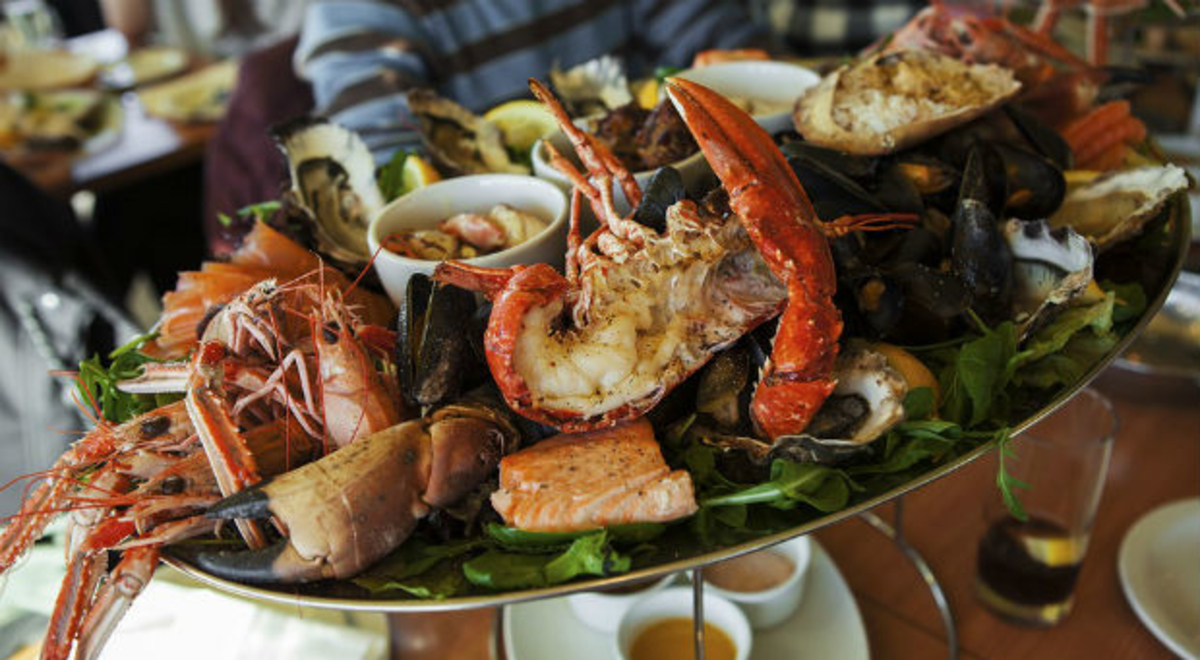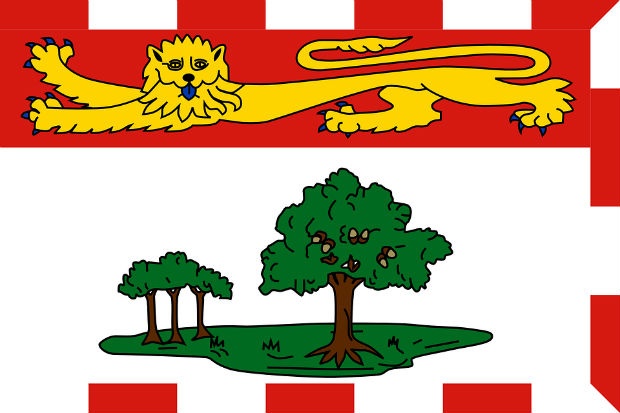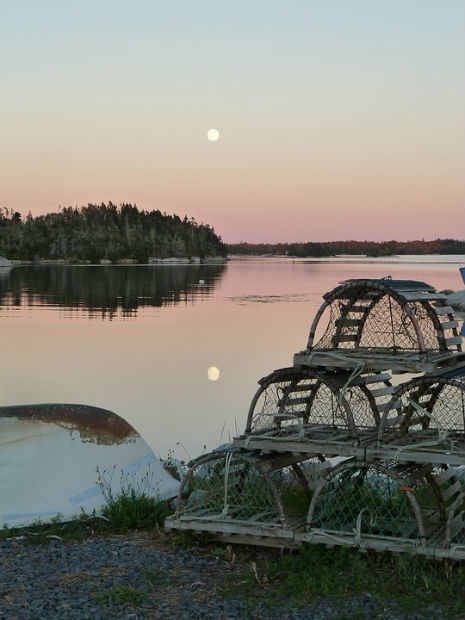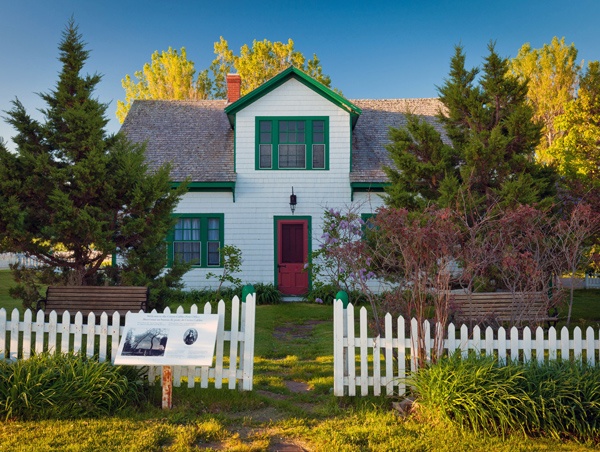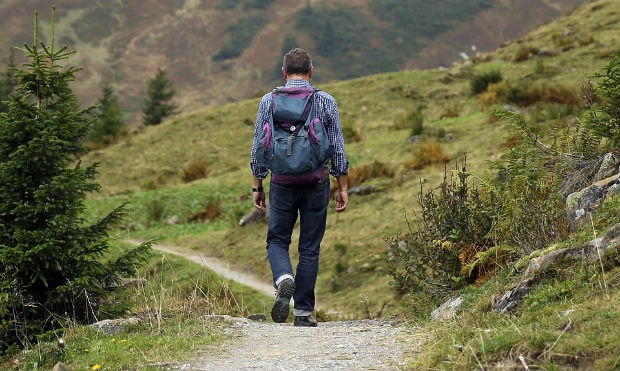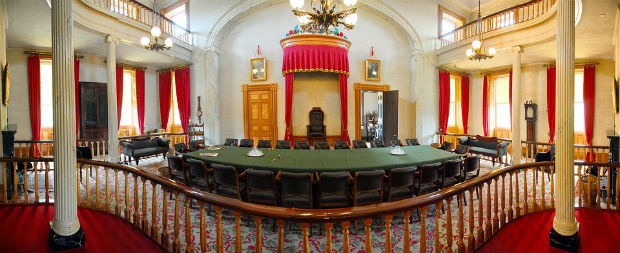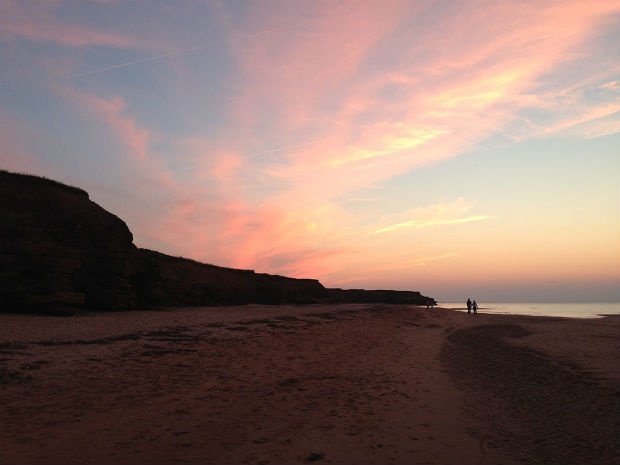Apart from the familiar image of a lonely white-washed lighthouse set against a true-blue sky, windswept grasses and the vast navy sea, there isn’t much most folks know about Canada’s tiny island province. Sure, there’s potato farming, a massive bridge and a story about a young, pigtailed redhead named Anne, but besides that, Prince Edward Island remains a largely undiscovered enigma, and it is just fine with that.
Needless to say, those who remember their Canadian history know of PEI’s significance and the part it played in uniting the country.
The smallest of the three Maritime Provinces is one of Canada’s oldest settlements. It is made up of one main island in the Gulf of St. Lawrence and over 230 islets, nearly all uninhabited. The main island is relatively small, Canada’s 23rd largest, but despite, or perhaps because of that, it is the most densely populated province in all of Canada, with less than 150,000 residents.
Epekwitk - Ile Saint-Jean – Prince Edward Island
Of course, Mi’kmaq First Nations were its original settlers, about 2,000 years ago, occupying the area they called Epekwitk, meaning ‘cradled or resting on the waves’.
Jacques Cartier was the first European to discover it in 1534. Seventy years later, the French claimed the Maritimes, establishing the colony of Acadia, naming the island ‘Ile Saint-Jean’ (St. John’s Island).
Great Britain took control when France gave up their claim in 1763, under the terms of the Treaty of Paris that ended the Seven Years’ War. The island was renamed after Prince Edward, Duke of Kent and Strathearn, father of Queen Victoria.
The late 1700s brought an influx of Scottish Highlanders resulting in PEI having the highest provincial percentage of Scottish immigrants in Canada. In fact, the city of Summerside hosted PEI’s annual Highland Gathering until it was terminated in 2014.
And although they hold nowhere near the numbers they once did, there are still two Mi’kmaq communities on the island today.
The Garden of the Gulf
Prince Edward Island is known as the ‘Garden of the Gulf’ for its lush agricultural lands. There is little here to ruin a view. Roads are kept clear of temporary signs and billboards are illegal, preserving the pristine landscape.
For the most part, PEI consists of gently rolling hills, mixed forests, sprawling red and white sand beaches, red soil and sandstone cliffs, picturesque bays and idyllic harbours. All of its famous ‘redness’ is due to a high concentration of iron in the sedimentary rock, which oxidizes when exposed to air, giving off its striking red-orange hue.
The island’s main industry is farming, producing between a quarter and a third of all of Canada’s potatoes. Fishing is largely popular in coastal towns too, with lobster, oysters and mussels always the catch of the day.
Due to hunting, trapping and habitat disruptions of the past, native moose, bear, caribou and wolf are no longer on the island, leaving foxes, coyote, skunks and raccoons as the islands top predators, making for a safe place to camp or hike.
Tourism, Anne of Green Gables and the Japanese Connection
Although not of the scope of Nova Scotia or Newfoundland, tourism is still a substantial form of income for PEI. Most come in the summer or fall for the beaches, golf, hiking and eco-tours, with whale watching being one of the more popular activities. In recent years, pods of up to 40 North Atlantic right whales have been seen off the PEI coast.
The capital and largest city is Charlottetown, on the southern shore of the island. Other notable cities worthy of a visit include Summerside, Georgetown, Borden, Souris and Cavendish, which still sees an annual pilgrimage of die-hard Japanese fans of a young fictional character created by one of PEI’s most recognizable authors.
Green Gables in imagined Avonlea provided the setting for the classic novel ‘Anne of Green Gables’ (1908) – a huge hit with the Japanese who, after World War II, deeply resonated with the story of an unwanted orphan struggling to find her place in the world. The story was translated to Japanese in the 1950s and became an instant hit. There was even a perfect replica of Anne’s house in Canadian World, a theme park built in Hokkaido, Japan, in 1993.
The original house featured in the Lucy Maud Montgomery book is in Cavendish which still receives droves of fans each year. The musical play by the same name has run at the Charlottetown Festival every year for more than 40 years.
Like much of Canada in the summer, festivals are the place to be, and PEI has no shortage. The Jazz and Blues Festival runs for a week every year and is a perennial favourite, as is Canada Rocks, the Cavendish Beach Music Festival and foodie-fests Fall Flavours (Sep) and the succulent Shellfish Festival.
Park It!
Outdoor enthusiasts flock to The Confederation Trail that spans the island, providing 470kms (290 mi) of recreational fun for cyclists and hikers alike. The International Appalachian Trail is another famous route, connecting northern Maine with New Brunswick, the Gaspe Peninsula of Quebec, and finally, PEI.
If you’re into parks, visit Charlottetown’s Victoria Park (water-front), Red Point Provincial Park, Prince Edward Island National Park, Souris Beach Provincial Park and Basin Head Provincial Park, famous for its singing sand!
Weather
Due to the warm waters in the Gulf of St. Lawrence, PEI is warmer than many surrounding inland locations. Summers average mid-20's C, winters -3 C. It is known to experience some of the most variable day-to-day weather in Canada and huge temperature swings are common. Overall, the climate is more continental than oceanic as the Gulf of St. Lawrence freezes over in the winter. From late spring to early fall, North Atlantic and Gulf of Mexico storms often end up on the shores of Prince Edward Island.
The Birthplace of Confederation
Of course, Charlottetown is the ‘Birthplace of Confederation’, referring to the Charlottetown Conference in 1864. Although PEI didn’t join Confederation until 1873, becoming the 7th Canadian province, it is still credited with hosting the first meeting in the process leading to the Quebec Resolutions and the creation of Canada in 1867.
The Confederation Centre of the Arts in Charlottetown honours the event and is a national monument, one of 22 National Historic Sites of Canada located in PEI.
The Bridge
The Confederation Bridge was constructed between 1993 and 1997. Before then, PEI was linked to the mainland by two passenger/vehicle ferries. The new bridge connects Borden to Cape Jourimain, New Brunswick. It is the world’s longest bridge over ice-covered waters.
Did you know?
- PEI has one of the highest provincial retail sales tax rates in Canada at 10%. That along with the GST of 5% makes up the HST, or the Harmonized Sales Tax of 15%.
- Between 30-50% of all electricity consumed on the island is generated using renewable energy, mainly wind turbines.
- For its size and population, PEI has contributed a plethora of hockey talent to the NHL. Past and present pro hockey players from the province include Gerard Gallant (Vegas Golden Nights head coach), Forbes Kennedy (retired), Dave Cameron (Calgary Flames coach), Adam McQuaid (Boston Bruins), Steve Ott (retired) and Brad Richards (retired).
- Beachcombing in Alberton, PEI, can lead to some startling discoveries!
Ready for a lobster feast? Book your Prince Edward Island getaway with Flight Centre and save. Flights, hotels, car rentals and tours, we've got all that you'll need for the perfect holiday. To book or inquire, connect with us online, call us or visit a Flight Centre store near you.


